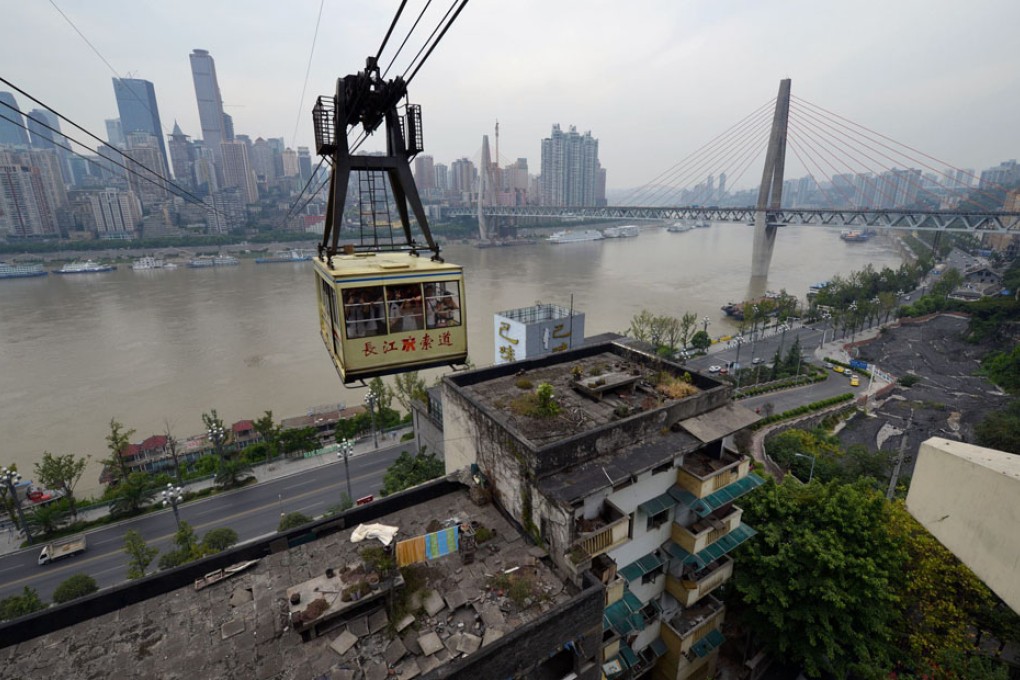Chinese inspectors uncover widespread corruption in 'shock and awe' probe
Bo Xilai's former stronghold of Chongqing among places criticised by anti-graft teams for failing to impose sufficient checks on leaders

Ten teams of inspectors sent around the nation four months ago as part of the leadership's anti-graft drive have wrapped up their field trips, finding "corruption problems" in most places they visited.
They inspected units in Chongqing, Inner Mongolia, Jiangxi, Hubei and Guizhou, as well as the Ministry of Water Resources, the Import-Export Bank of China, the China Grain Reserves Corporation, Renmin University and the China Publishing Group.
The teams have provided feedback to the inspected bodies and alerted the Central Commission for Discipline Inspection (CCDI) to signs of possible corruption, according to a statement released on the official website run jointly by the CCDI and the Ministry of Supervision.
The central inspection teams aim to spot corruption and create an atmosphere of "shock and awe" [among officials] to curb rampant corruption, said Wang Qishan, China's anticorruption tsar, before despatching the teams in mid-May.
The most eye-catching destination was Chongqing, still smarting from the upheavals of the downfall of its former party chief Bo Xilai . Bo was sentenced to life imprisonment for corruption and abuse of power.
In a comment about the new Chongqing municipal government, Xu Guangchun, head of the Fifth Central Inspection Team, said the municipality had failed to impose sufficient checks and supervision over its top leaders, and certain leading cadres did not have firm political beliefs and failed to reach moral standards.
Xu also warned about "corruption risks" in state-owned enterprises in the municipality, pointing to rampant "fly-style" corruption - committed by lower-ranking officials - within the organisations.